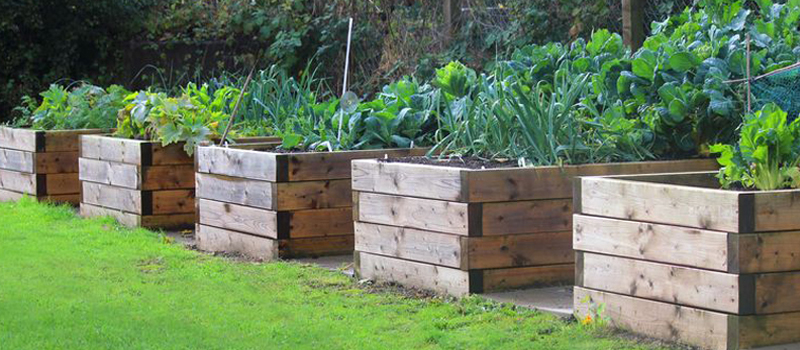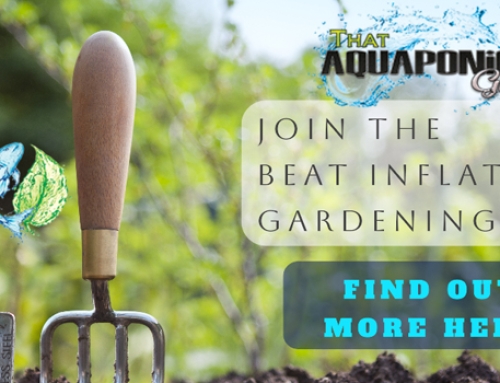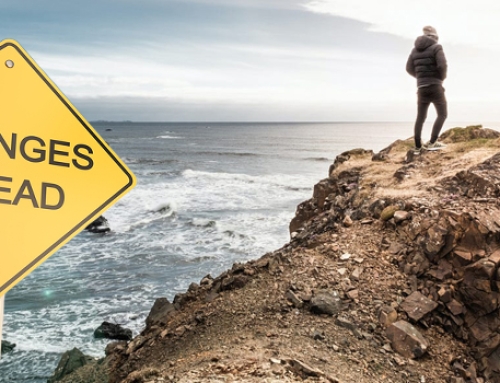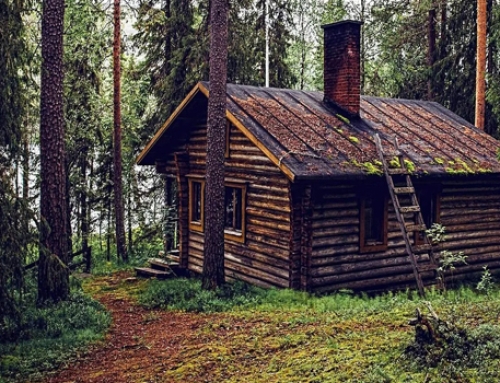Any of us that have been even halfway cognizant of the world around us knows that with the passing of the seasons, also goes the ability of growing, harvesting, and rejuvenating our outdoor growing areas. Now, if you are doing anything with Aquaponics, especially with the system being indoors, you don’t have to pay attention to any of this so feel free to move on to the next article that interests you.
However, if you have anything growing outdoors that is exposed in any way to the elements whether it be Aquaponic or Permaculture in nature, then you better listen closely here.
If you have ever tried to plant something that your area just isn’t able to sustain (how’s that Mango Tree going?) you will know that there are certain plants that do better in select climates and biomes. We all know that it takes particular elements to be present to grow particular plants, forage, food, or fauna. The USDA over the course of the last few decades has developed how you could tell a plant has a chance in your area. This map, interactive as all get out that can assist you in determining by where you are at what the plant’s hardiness needs to be to thrive in the area.
Here’s the USDA Interactive Map Link
https://planthardiness.ars.usda.gov/
Done on the temperature data of the last several years you can look at where you are at and then match up those plants (which will be outside and exposed to the elements) that can handle the weather during the growing season.
Now, You May Be Asking, What is Plant Hardiness?
Plant hardiness is the estimated ability of a plant to survive adverse growing climates such as drought, flooding, heat, and cold. The science behind plant hardiness can be complicated. Suffice it to say, plant genetics determine the ability of a plant to withstand cold temperatures without damaging its ability to fruit or even stay alive. Each cultivar of a plant may have different hardiness levels based on its adaptations and genetics. Many plants require very specific growing requirements of their environment to thrive. You can adjust many things, such as the soil type, moisture levels, and amount of sunlight in your garden, but temperature can be hard to control. If you aren’t running a climate-controlled greenhouse, it is key to choose plants with hardiness levels appropriate to specific planting zones to give you the best chance of your permaculture gardening and outdoor landscaping success.
Plant Hardiness is Broken Up Into Zones
The USDA, to try to make it simple for everyone broke down each plant’s hardiness into zones. This guide warns a grower in Maine from the attempt to growing lemon trees out in the wild. When you understand the different plant hardiness zones it gives you the ability to narrow down your permaculture choices. Keep in mind, when a plant is hardy to a specific zone, it will usually perform well at any zone number that’s higher as well. For example, most plants hardy to Zone 3 will perform well in Zone 7, as long as other plant requirements are met. Use the information about individual growing zones as a starting point for planning what to plant in your garden.
Each Zone is also broken up into A or B variants in each Zone. For instance, the State of Utah has within its borders Zones 5b (High Uintahs and mountain ranges) to 8b (low desert climates). Because the topography in most places is vastly different within a few hundred miles. You’ll need to make sure if what you intend to plant will make it… well unless you are in Kansas or someplace like Iowa… then plant what you want for that one Zone you find yourself in. (Which is primarily 5a for Iowa and 6a for Kansas.)
Below you’ll find the different zones and the temperature swings that are experienced by each.

Now, currently, each state has additional, more in-depth info as you need it. With a proper Duck Duck Go search, you will be able to find your state’s stats on the area’s Altitudes, the Average number of sunny days, Average Rainfall, Temperatures, and the general length of the growing season.
And as always, when in doubt, ask those that would know, at the local greenhouse, nursery, or landscaping hub. They will be able to give you a quick run down that growing papayas in an Alpine climate may not be the wisest choice to make.
So getting all your permaculture, a.k.a. Backyard Farming done is a bit more involved than just planting a seed and giving it a bit of water. Take the time, to properly plan out what you want to have for the next chance to grow your Food Stuffs outdoors.






